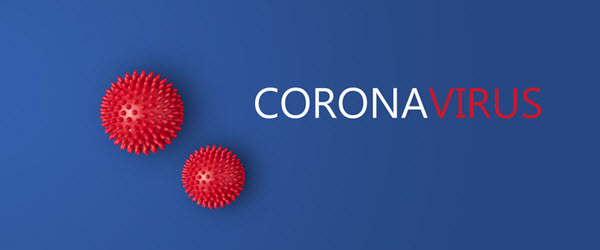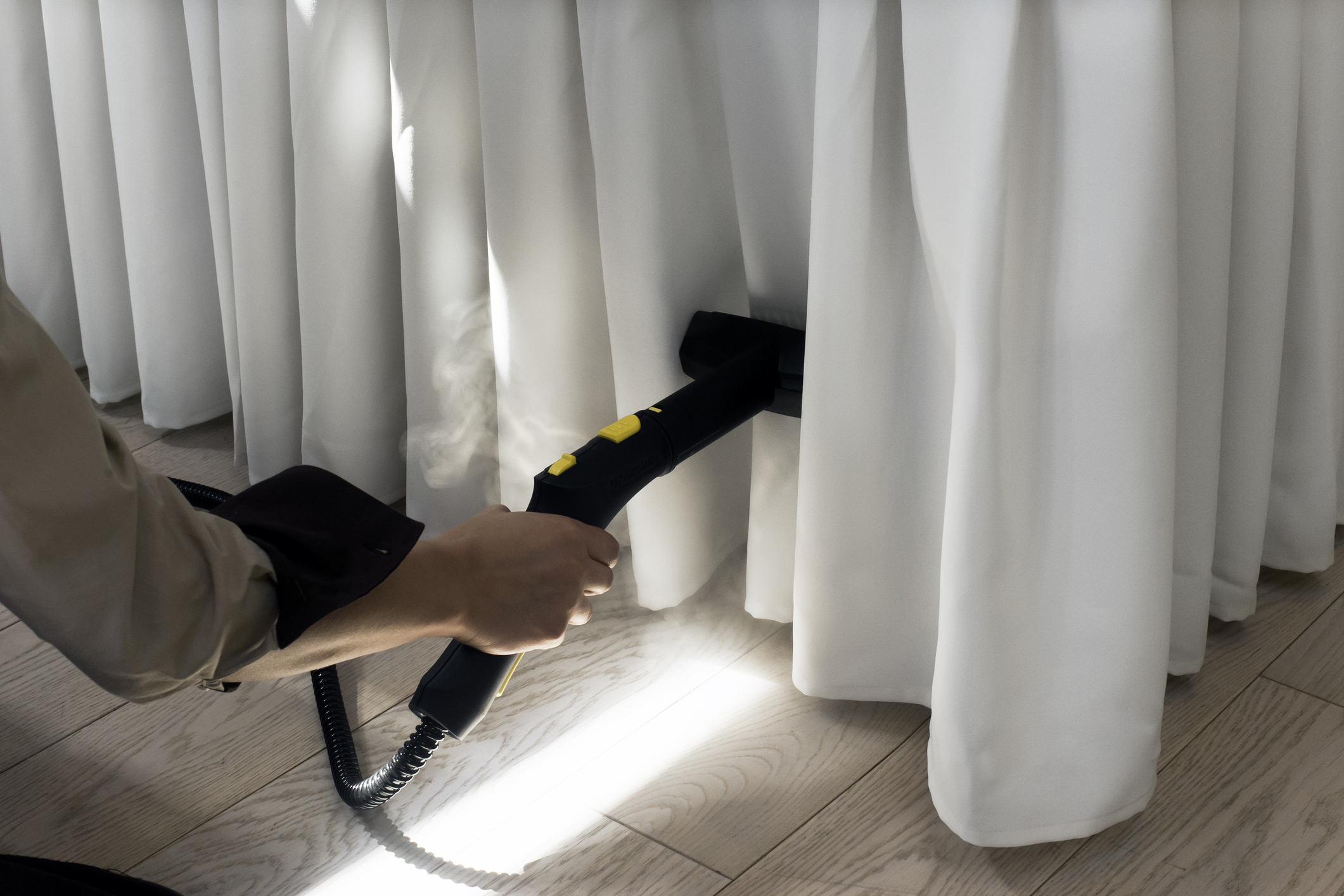From the cleaning products we use to the dust settling in the air vents, our indoor air quality can be just as icky as the smog settling over Los Angeles.
 We spend a lot of time worrying about air quality – pollution, ozone levels and carbon monoxide emissions. But we don’t pay near as much attention to the quality of the air inside our homes. From the cleaning products we use to the dust settling in the air vents, our indoor air quality can be just as icky as the smog settling over Los Angeles.
We spend a lot of time worrying about air quality – pollution, ozone levels and carbon monoxide emissions. But we don’t pay near as much attention to the quality of the air inside our homes. From the cleaning products we use to the dust settling in the air vents, our indoor air quality can be just as icky as the smog settling over Los Angeles.Taking a hard look at the cleaning products we use is one way to breathe easier about our indoor air quality. At Castle Keepers, we use green products that meet various EPA standards. And in many cases, we use nothing but tap water for a completely chemical-free cleaning.
One important chemical to avoid is volatile organic compounds (VOCs), which are emitted as gases from various solids or liquids, including paints and solvents; aerosol sprays; cleansers and disinfectants; air fresheners; hobby supplies; and even your dry-cleaned clothes.
When it comes to what’s lurking in the walls and floors of your house, be cautious of products containing formaldehyde, a chemical used widely in building materials and other household products, such as pressed wood products (hardwood plywood wall paneling, particleboard, fiberboard). Use exterior-grade pressed wood products and be sure to ventilate your home after bringing in a product containing formaldehyde.
Another way to improve your home’s indoor air quality is by keeping the house well ventilated. Thanks to the wonders of air conditioning, we tend to keep our homes locked up tight. But try opening windows or doors to keep air circulating, especially if you are painting or using a harsh cleaner. You might also consider having your air ducts cleaned. The EPA offers more tips and information online.
Check out this article from Care2.com, which has some great – and simple – tips for improving your home’s indoor air quality. A couple favorites are:
· Empty your refrigerator tray because the refrigerator fan can blow that moldy air right into your house.
· Choose your candles wisely. While you might think you’re making your home smell like pumpkin pie or vanilla bean, petroleum-based and lead-wick candles just add to a home’s indoor air pollution. Choose candles made from beeswax, soy, or vegetable oils, lead-free wicks and pure essential-oil fragrances.






